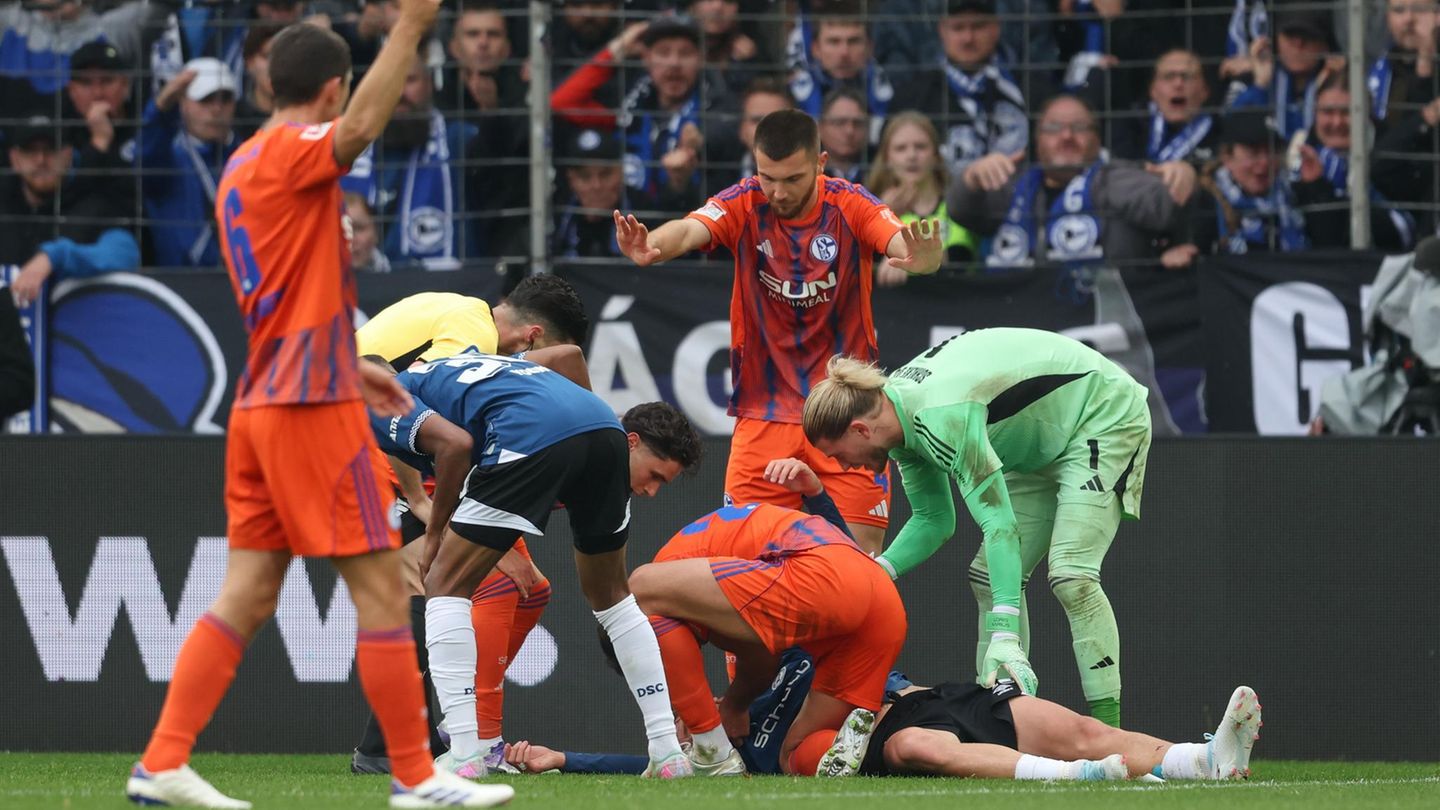Jane Stock is a technology author, who has written for 24 Hours World. She writes about the latest in technology news and trends, and is always on the lookout for new and innovative ways to improve his audience’s experience.
Menu
Adidas, Volkswagen, Fresenius – the invented Dax twilight
Categories
Most Read
The purchasing power of the minimum wage fell again in August and reached its lowest level since 2001
October 5, 2025
No Comments
The exclusive discount of a virtual wallet to entertain her in her day
October 5, 2025
No Comments
How much I win $ 100,000 to 30 days
October 5, 2025
No Comments
Pension from 63: Who can go earlier and how high are the discounts?
October 5, 2025
No Comments
Energy: Opec+ keeps course – more oil in the market
October 5, 2025
No Comments
Latest Posts

The sea devastated coastal housing in North Carolina after the passage of hurricanes Humberto and Imelda
October 5, 2025
No Comments
October 5, 2025 – 15:54 The images disseminated by local media show how houses collapsed in a matter of minutes, defeated by the force of

Football: Nikola Katic helps unconscious opponents
October 5, 2025
No Comments
PierceI am Pierce Boyd, a driven and ambitious professional working in the news industry. I have been writing for 24 Hours Worlds for over five

The US ambassador announced an unprecedented investment in Argentina, waiting for the meeting between Luis Caputo and Scott Besent
October 5, 2025
No Comments
October 5, 2025 – 15:31 Donald Trump’s ambassador to Argentina, Peter Lamelas, assured through his social network account X that important investments will arrive in
24 Hours Worlds is a comprehensive source of instant world current affairs, offering up-to-the-minute coverage of breaking news and events from around the globe. With a team of experienced journalists and experts on hand 24/7.

